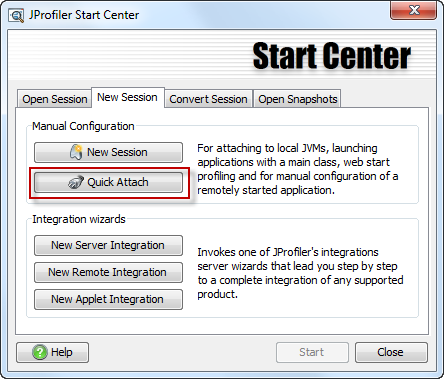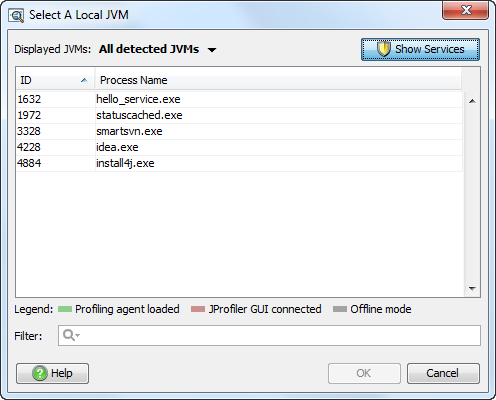Tracking JavaScript calls into your Java backend
This screen cast shows how to split your Java call tree for different JavaScript XHR calls. By installing the JProfiler Chrome plugin, a locally running JProfiler GUI will be notified of XHR calls in the browser and show an event description and a stack trace without further configuration. In this way, you can identify the sources of your CPU load beyond the granularity of your URLs and analyze the call tree in isolation for specific browser events.



